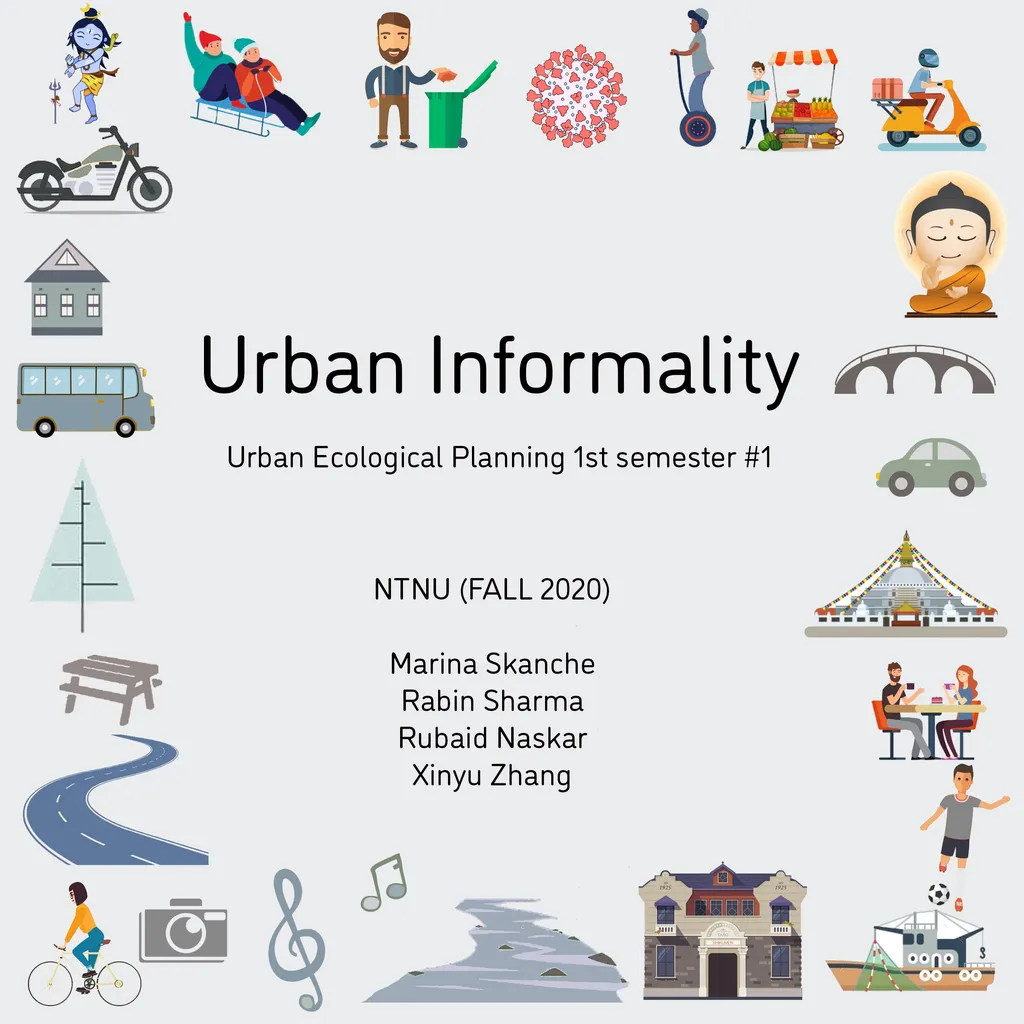In the heart of Trondheim, Norway, a quiet revolution is underway, one that could reshape how cities grow and buildings live—and die. Beatrice Stolz, a researcher from the Faculty of Architecture and Design at the Norwegian University of Science and Technology (NTNU), has been peeling back the layers of urban transformation, revealing a complex dance between densification, demolition, and the circular economy. Her work, published in the *Enquiry: The ARCC Journal of Architectural Research* (translated to English as “Inquiry: The ARCC Journal of Architectural Research”), offers a compelling look at how cities can balance growth with sustainability, with significant implications for the energy sector.
Stolz’s research dives deep into the lifecycle of buildings, examining how densification strategies—efforts to pack more housing and services into urban areas—affect the lifespan of existing structures. Using Trondheim as a case study, she analyzed data on building types, ages, and locations, then compared this with demolition and construction records from 2012 to 2021. The findings are striking: some neighborhoods are densifying rapidly, while others are seeing buildings torn down well before their time.
“The data shows that certain building types are more prone to demolition or new construction,” Stolz explains. “This premature obsolescence is a critical issue, as it undermines efforts to create a circular economy in construction.” In a circular economy, buildings are designed for disassembly and reuse, extending their lifespans and reducing the carbon footprint of the construction sector. But when buildings are demolished prematurely, the environmental and economic benefits of circularity are lost.
For the energy sector, the implications are significant. Buildings account for a substantial portion of global energy consumption, and their construction and demolition contribute to CO₂ emissions. By extending the lifespan of buildings and promoting reuse, cities can reduce the energy and resources required for new construction. “The challenge for architects and city planners is to balance densification with the preservation of the built environment,” Stolz notes. “We need strategies that support circular practices, ensuring that buildings are used to their fullest potential before being dismantled and their materials reused.”
Stolz’s research highlights the need for a contextualized approach to urban planning, one that considers the unique characteristics of each neighborhood. By understanding the patterns of densification and demolition, cities can develop policies that support circular development, reducing waste and emissions while meeting the growing demand for urban housing.
As cities around the world grapple with the challenges of growth and sustainability, Stolz’s work offers a roadmap for a more circular future. By rethinking how we design, build, and disassemble, we can create cities that are not only denser but also more resilient and regenerative. For the energy sector, this means new opportunities to reduce emissions and promote efficiency, shaping a future where buildings live longer and cities thrive.

